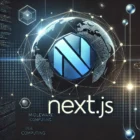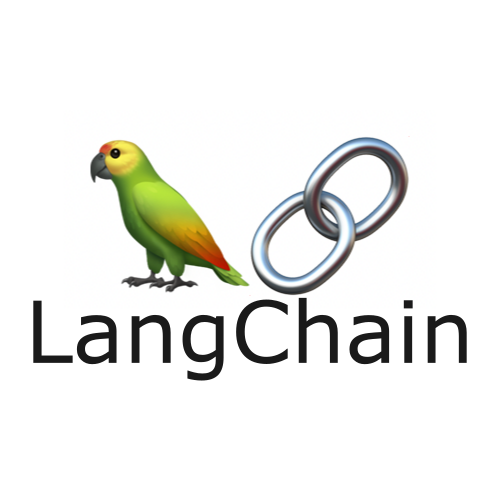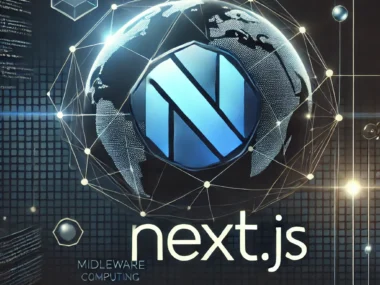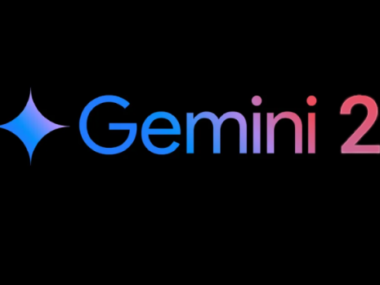In the rapidly evolving world of artificial intelligence, large language models (LLMs) have emerged as powerful tools, capable of generating human-like text, translating languages, writing different kinds of creative content, and answering your questions in an informative way. However, LLMs often lack access to and the ability to process real-world information beyond their initial training data. This is where LangChain comes in.
What is LangChain?
LangChain is an open-source framework that aims to develop applications that leverage the power of large language models while also connecting them to the real world. It provides a suite of tools and components to:
- Connect LLMs to external data sources: This includes databases, APIs, documents, and more. LangChain allows you to seamlessly integrate your LLM with various data sources, enabling it to access and process real-time information.
- Enhance LLM capabilities: By combining LLMs with other components like memory, chains, and agents, LangChain empowers you to build more sophisticated applications that can perform complex tasks.
- Facilitate rapid development: LangChain offers a modular and flexible architecture, making it easy to build and experiment with different LLM-powered applications.
Key Components of LangChain:
- Models: This component integrates with various LLMs, including those from OpenAI, Hugging Face, and others.
- Prompts: LangChain provides tools for crafting effective prompts that guide the LLM’s behavior and improve the quality of its output.
- Memory: This component allows LLMs to maintain and utilize information from previous interactions, enabling them to engage in more contextual and meaningful conversations.
- Chains: Chains orchestrate the interaction between different components, such as LLMs, prompts, and external data sources, to perform specific tasks. Examples include question-answering chains, summarization chains, and generation chains.
- Agents: Agents are autonomous entities that can interact with their environment, access information, and execute actions based on the LLM’s output.
Use Cases of LangChain:
- Building conversational AI applications: Create chatbots that can access and process real-world information, providing more accurate and informative responses.
- Developing advanced search engines: Build search engines that go beyond keyword matching and provide more comprehensive and insightful answers.
- Automating business processes: Automate tasks such as data extraction, document summarization, and report generation.
- Creating personalized experiences: Deliver tailored recommendations and experiences based on individual user preferences and needs.
- **Building a Customer Support Chatbot: Imagine a customer support chatbot that can access your company’s knowledge base articles, previous customer interactions, and even relevant product manuals. Using LangChain, you can create a chatbot that can provide accurate and helpful support to customers, resolving their issues quickly and efficiently. This can significantly improve customer satisfaction and reduce the burden on your support team.
Getting Started with LangChain:
- Installation: Install LangChain using pip:
pip install langchain - Explore the documentation: The official LangChain documentation provides comprehensive guides, tutorials, and examples to help you get started.
- Experiment with the components: Start with basic examples and gradually explore more advanced features and use cases.
Conclusion:
LangChain is a powerful framework that unlocks the true potential of large language models. By connecting LLMs to the real world and providing a flexible set of tools, LangChain empowers developers to build innovative and impactful applications. Whether you’re a seasoned AI developer or just starting, LangChain offers a valuable resource for exploring the exciting possibilities of LLM-powered applications.








